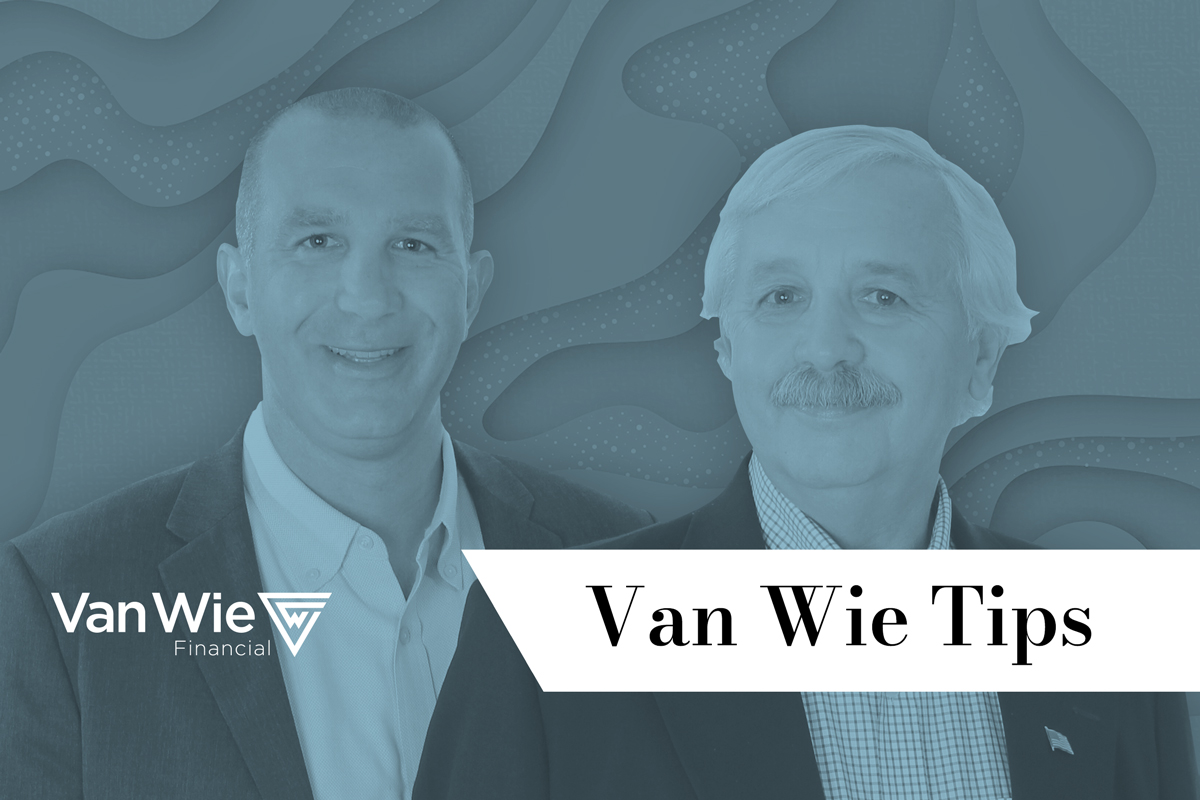Investors love dividends and interest, right? Receiving a “guaranteed” dividend flow means that we can feel better in bad times, knowing that at least our investments continue to send us money. After all, things will get better in the market; we all understand that.
Many studies over several decades have concluded that investors’ long-term returns were at least 90% due to their asset mix, or diversification (the other diminutive factors are securities selection and market timing). In no way can diversification of a portfolio limit the holdings to dividend-paying stocks and interest-bearing bonds. A long-term successful portfolio needs a component of growth, exposure to other asset classes and geographic areas, and likely some alternative assets.
All asset classes (and the investment options within them) have variable year-to-year returns. That variability defines risk in investing. Volatility is measured by standard deviation, which is amathematical calculation of changing returns over time. Portfolio construction is the process of mixing asset classes together such that individual asset’s performance differ from one another over time. Ideally, they should have low or negative correlations with one another.
Investors seek to maximize investment return for any risk level at which they are comfortable. Diversification among asset classes accomplishes this objective, unlike holding two or more types of assets that move in tandem. A classic example of how this can be misunderstood is within our memories. During the “dot-com” boom of the 1990s, many investors claimed that they were diversified because owned 30 or 40 Internet stocks. Unfortunately, in the ensuing crash, those stocks all fell as a group, leaving behind a puddle of heartache like the aftermath of a Florida rainstorm.
During uncertain times, the laser focus of some investors narrows to historical dividends. That can be problematic when the economy is troublesome, because dividends are generally declared quarterly by the Boards of Directors of public companies. Directors have fiduciary responsibility to the companies to ensure survival and long-term success to the extent possible. That sometimes involves cutting or suspending dividends. A recent Bing search on “corporate dividend cuts” produced 104,000 hits in the past month, throughout dozens of industries and companies.
Perhaps contrary to popular opinion, dividend stocks can be very volatile. This bodes poorly for narrowly concentrated dividend investors. Adding insult to injury is the return of ZIRP, the “zero interest rate policy” recently re-adopted by the Federal Reserve (FED). With vastly reduced dividends and nearly vanishing interest payments, investors must turn toward Total Return. Along with dividends and interest, Total Return investors also seek capital gains, both short-term and long-term, often supplemented by tax savings using judicious tax loss selling.
For the time being, attempting to live off dividends and income will stress a portfolio that is under-diversified and under-performing. If your portfolio is causing you concern, we can help. Until our office physically reopens, we are available via GoToMeeting, telephone, and several other platforms. Visit our website, vanwiefinancial.comfor more information.
Van Wie Financial is fee-only. For a reason.




